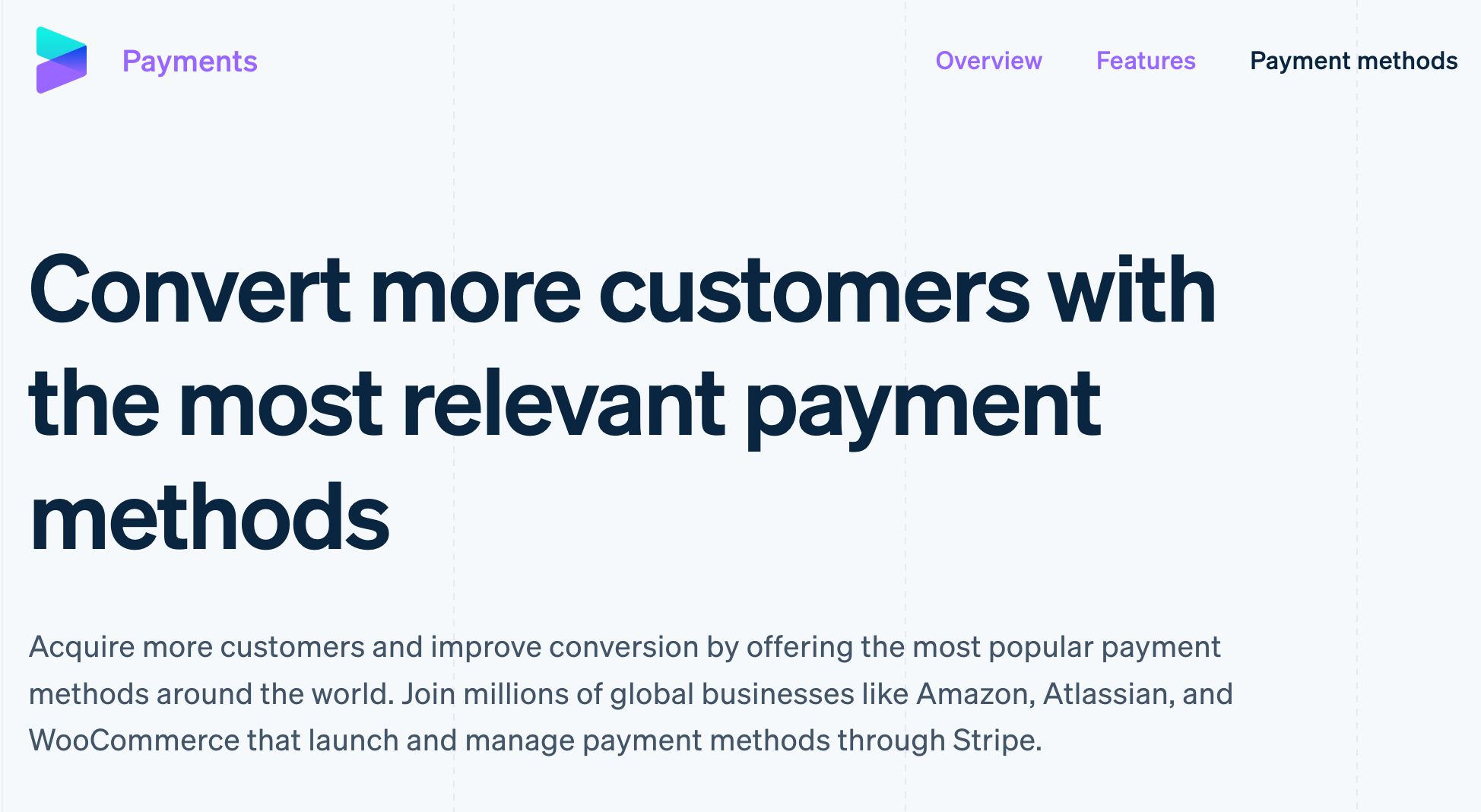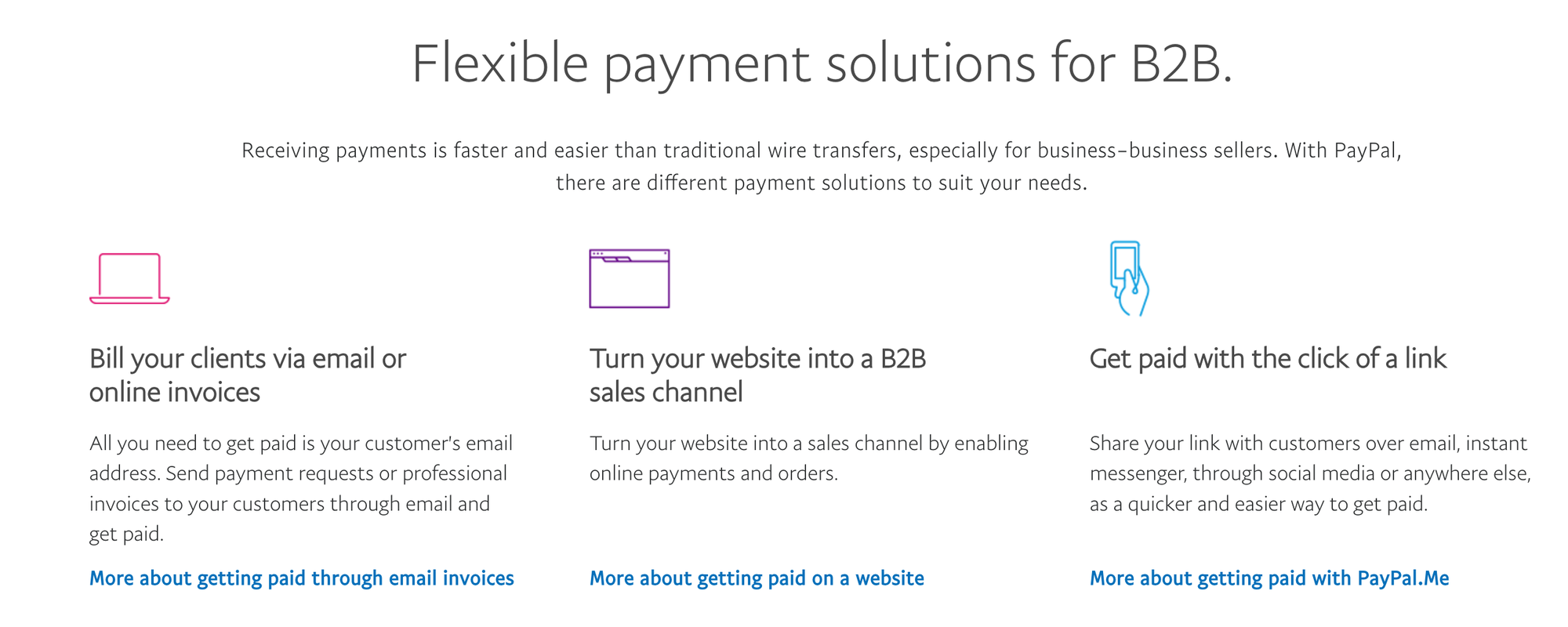The Ultimate Guide to Seamless B2B Payments: Strategies for Flexibility and Security

The B2B checkout process is one of the most critical and complex aspects of online commerce. Unlike B2C transactions, where customers usually pay with a single method and receive instant confirmation, B2B transactions involve multiple stakeholders, payment terms, and approval workflows. Moreover, B2B buyers expect high levels of security and compliance, as they deal with sensitive and confidential data and large amounts of money.
According to a report by McKinsey, B2B payments account for nearly $125 trillion in annual transaction value, but only 25% of them are digitized. This means that there is a huge opportunity for B2B sellers to improve their checkout process and offer a better user experience (UX) to their customers. A comprehensive UX strategy can help B2B sellers achieve better, safer, and more flexible payments, and ultimately increase their conversion rates, customer satisfaction, and loyalty.
In this article, we will explore the challenges and expectations of B2B buyers regarding payment options and security in the checkout process, and provide some best practices and examples of how to offer payment flexibility and security in the checkout process. We will also highlight the benefits of payment flexibility and security in the checkout process, and how a UX strategy can help B2B sellers differentiate themselves from their competitors and win greater market share in 2024 and beyond.
The challenges and expectations of B2B buyers
B2B buyers have different needs and preferences than B2C buyers when it comes to payment options and security in the checkout process. Some of the common challenges and expectations of B2B buyers are:
Complex invoicing:
B2B buyers often require customized and detailed invoices that include information such as purchase order numbers, tax rates, shipping costs, and payment terms.
Insight: They also expect to receive invoices in their preferred format, such as PDF, email, or EDI. B2B sellers need to ensure that their invoicing system can accommodate these requirements and generate accurate and timely invoices for their customers.
Multiple payment methods:
B2B buyers use a variety of payment methods, such as credit cards, bank transfers, ACH, checks, and digital wallets. They also expect to have the option to choose their preferred payment method at the time of checkout and to switch between different methods as needed.
Insight: B2B sellers need to ensure that their payment system can support multiple payment methods and provide a seamless and consistent experience across all channels.
Fraud prevention:
B2B buyers are more vulnerable to fraud and cyberattacks than B2C buyers, as they deal with larger transaction values and more sensitive data. They expect B2B sellers to provide a secure and compliant payment environment that protects their data and funds from unauthorized access and misuse.
Insight: B2B sellers need to ensure that their payment system has robust security features and meets industry standards and regulations, such as PCI DSS, GDPR, and PSD2.
The best practices for offering payment flexibility and security
To address the challenges and expectations of B2B buyers, B2B sellers need to adopt some best practices for offering payment flexibility and security in the checkout process. Some of these best practices are:
Integrating with third-party payment gateways:
B2B sellers can leverage the expertise and infrastructure of third-party payment gateways, such as Stripe, PayPal, or Authorize.net, to offer a wide range of payment options and security features to their customers. By integrating with third-party payment gateways, B2B sellers can reduce the complexity and cost of managing their payment system, and focus on their core business functions.
Insight: Third-party payment gateways also provide B2B sellers with access to advanced analytics and reporting tools, which can help them optimize their payment performance and customer behavior.
Providing multiple currencies and payment terms:
B2B sellers can increase their global reach and customer satisfaction by providing multiple currencies and payment terms in the checkout process. By allowing customers to pay in their local currency, B2B sellers can eliminate currency conversion fees and exchange rate fluctuations, and provide a more transparent and accurate pricing.
Insight: By offering flexible payment terms, such as net 30, net 60, or net 90, B2B sellers can cater to the cash flow needs and preferences of their customers, and build trust and loyalty. B2B sellers can also use dynamic pricing and discounts to incentivize early or prompt payments and improve their cash flow and profitability.
Investing in a strong security system:
B2B sellers can enhance their payment security and compliance by investing in a strong security system that includes features such as encryption, tokenization, authentication, and fraud detection. Encryption and tokenization can help B2B sellers protect their customers’ data and funds from unauthorized access and misuse, by converting them into unreadable and unusable formats.
Insight: Authentication can help B2B sellers verify the identity and legitimacy of their customers, by using methods such as strong passwords, PINs, biometrics, or OTPs. Fraud detection can help B2B sellers prevent and mitigate fraudulent transactions, by using techniques such as machine learning, behavioral analysis, or risk scoring.
The case studies of successful payment flexibility and security solutions
To illustrate how payment flexibility and security can improve the B2B checkout process and user experience, we will look at some case studies and examples of successful payment flexibility and security solutions in the B2B space.
Stripe
Stripe is a leading payment platform known for its exceptional user experience (UX) and ease of making business-to-business (B2B) payments. From a B2B payment perspective, Stripe's UX strategy is impactful due to several key factors:
Diverse Payment Methods: Stripe offers a wide range of payment methods, including bank transfers, ACH direct debits, and real-time payments, which are ideal for B2B transactions.

The platform dynamically surfaces the most relevant payment methods for each customer, increasing conversion rates and transaction value.
Simplified Direct Debit Verification:
Stripe's Financial Connections feature simplifies the verification step for direct debits, making it easier for businesses to establish direct debit links and verify customer accounts.
Global Expansion and Adaptability:
Stripe enables businesses to adapt to customer preferences and expand into new markets by providing access to over 100 payment methods used globally.
The platform has been instrumental in helping companies, such as Amazon and WooCommerce, optimize the checkout experience in new countries by offering local payment methods, and facilitating quick expansion.
Embedded Payments for B2B Software Platforms:
Stripe's embedded payments are a powerful way for B2B software platforms to improve customer experiences and drive revenue growth.
The platform's Stripe Connect solution has transformed the business models of software companies by simplifying payment infrastructure and enabling a more programmable future for B2B payments.
PayPal
PayPal's user experience (UX) for B2B payments is designed to be seamless, efficient, and secure, making it an excellent choice for businesses worldwide.
Here are four aspects of PayPal's UX that contribute to its success in handling B2B payments:|
Ease of Use:
PayPal's platform is user-friendly and easy to navigate, allowing businesses to quickly send payment requests or professional invoices to customers through email. This simplicity streamlines the payment process and reduces the learning curve for businesses new to the platform.
Customizable Invoicing:
PayPal offers customizable invoicing features, enabling businesses to create and send branded invoices to their customers.
This personalized touch can help strengthen relationships with clients and improve the overall customer experience.
Integration Options:
PayPal provides a range of integration options and APIs that allow businesses to embed payment functionalities into their websites and systems. This seamless integration enables businesses to manage their revenue streams more efficiently and offer a smooth payment experience to their customers.

Security and Trust:
PayPal is known for its robust security measures and trustworthiness, with 54% of customers being more likely to trust businesses that accept PayPal. This trust can be crucial in B2B transactions, where businesses need to establish credibility and trust with their partners and clients.
The benefits of payment flexibility and security in the checkout process
By offering payment flexibility and security in the checkout process, B2B sellers can reap several benefits, such as:
Increased customer trust:
By providing a secure and compliant payment environment, B2B sellers can increase customer trust and confidence, reducing the risk of payment disputes and chargebacks. By offering multiple payment options and terms, B2B sellers can also show their customer appreciation and respect, and foster long-term relationships.
Increased customer loyalty:
By providing a seamless and consistent payment experience, B2B sellers can increase their customer satisfaction and retention, and reduce the churn rate. By offering flexible payment options and terms, B2B sellers can also increase their customer loyalty and advocacy, and encourage repeat purchases and referrals.
Increased conversion rates: By providing a frictionless and convenient payment process, B2B sellers can increase their conversion rates and revenue, and reduce the cart abandonment rate. By offering multiple payment options and terms, B2B sellers can also increase their customer value and lifetime, and optimize their pricing and profitability.
The power of a UX strategy in B2B payments
As we have seen, payment flexibility and security are essential elements of the B2B checkout process and user experience. However, they are not enough to ensure a competitive edge and sustainable growth in the B2B space. B2B sellers need to adopt a comprehensive UX strategy that covers the entire customer journey, from the first touchpoint to the post-purchase stage, and that aligns with their business goals and customer needs.
A UX strategy is a plan that defines the vision, objectives, and actions for creating and delivering a positive and meaningful user experience.
A UX strategy can help B2B sellers achieve better, safer, and more flexible payments, by:
Understanding the customer: A UX strategy can help B2B sellers understand their customer segments, personas, and pain points, and design solutions that address their specific needs and preferences. A UX strategy can also help B2B sellers collect and analyze customer feedback and data, and measure and improve customer satisfaction and loyalty.
Optimizing the process: A UX strategy can help B2B sellers optimize their payment process and operations, eliminating unnecessary or redundant steps, costs, or risks. A UX strategy can also help B2B sellers integrate and automate their payment systems and workflows, and increase their efficiency and productivity.
Differentiating the brand: A UX strategy can help B2B sellers differentiate their brand and position themselves as leaders and innovators in the B2B payment space. A UX strategy can also help B2B sellers communicate their value proposition and competitive advantage to their customers, and create a loyal and engaged customer base.
The importance of a UX strategy in 2024 and beyond
A UX strategy is not a nice-to-have, but a must-have for B2B sellers who want to succeed in 2024 and beyond. According to a report by Forrester, B2B ecommerce sales are expected to reach $1.8 trillion in 2023, accounting for 17% of all B2B sales in the US.
Moreover, B2B buyers are increasingly demanding a B2C-like experience, with 73% of them preferring to buy from a website rather than a sales representative. A UX strategy can help B2B sellers meet and exceed these expectations, and gain a competitive edge in the B2B payment space. A UX strategy can also help B2B sellers achieve key business outcomes, such as:
Increasing revenue: A UX strategy can help B2B sellers increase their revenue by attracting and converting more customers, increasing their average order value and lifetime value, and reducing their customer acquisition and retention costs.
Improving efficiency: A UX strategy can help B2B sellers improve their efficiency by streamlining and automating their payment processes and operations, reducing their manual errors and rework, and increasing their productivity and profitability.
Enhancing customer satisfaction: A UX strategy can help B2B sellers enhance their customer satisfaction by providing a seamless and consistent payment experience, offering flexible and secure payment options and terms, and building trust and loyalty.
Conclusion
If you are a B2B seller who wants to create a powerful UX strategy and win greater market share in 2024 and beyond, you need a partner who can help you achieve your goals. WDIR is the leading UX agency in B2B payments trusted by Fortune 100 financial services companies and innovative startups globally to create innovative payment experiences.
WDIR, Your UX Partner in B2B Payments
Understand your customer: WDIR can help you conduct user research and analysis, and create customer segments and personas, to understand your customer needs and preferences, and design solutions that address them.
Optimize your process: WDIR can help you optimize your payment process and operations, and integrate and automate your payment systems and workflows, to eliminate any unnecessary or redundant steps, costs, or risks.
Innovate your solution: WDIR can help you innovate your payment solutions and offerings, and create unique and value-added features for your customers, leveraging emerging technologies, such as artificial intelligence, blockchain, or biometrics.
Differentiate your brand: WDIR can help you differentiate your brand position yourself as a leader and innovator in the B2B payment space, communicate your value proposition and competitive advantage to your customers, and create a loyal and engaged customer base.
Don’t miss this opportunity to transform your B2B payment experience and achieve your business goals. Contact WDIR today and get a free consultation and quote for your UX strategy project. WDIR is your trusted partner in B2B payments.
